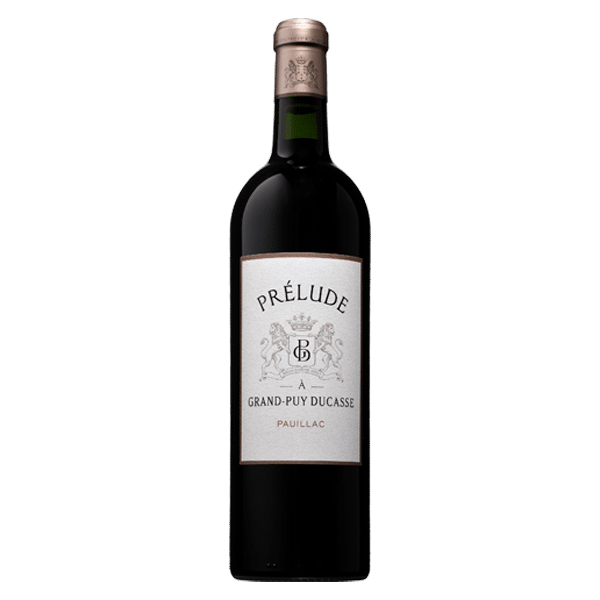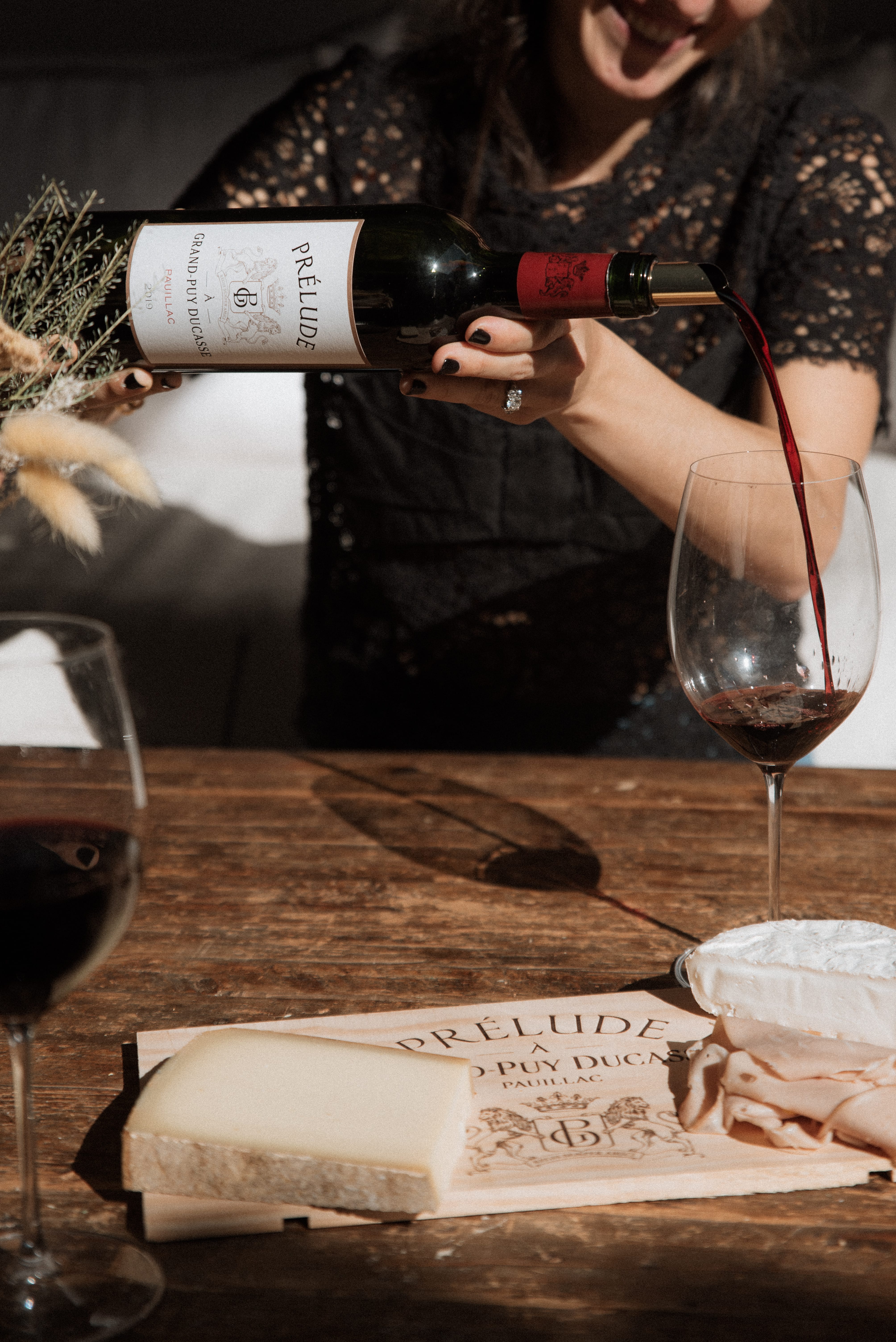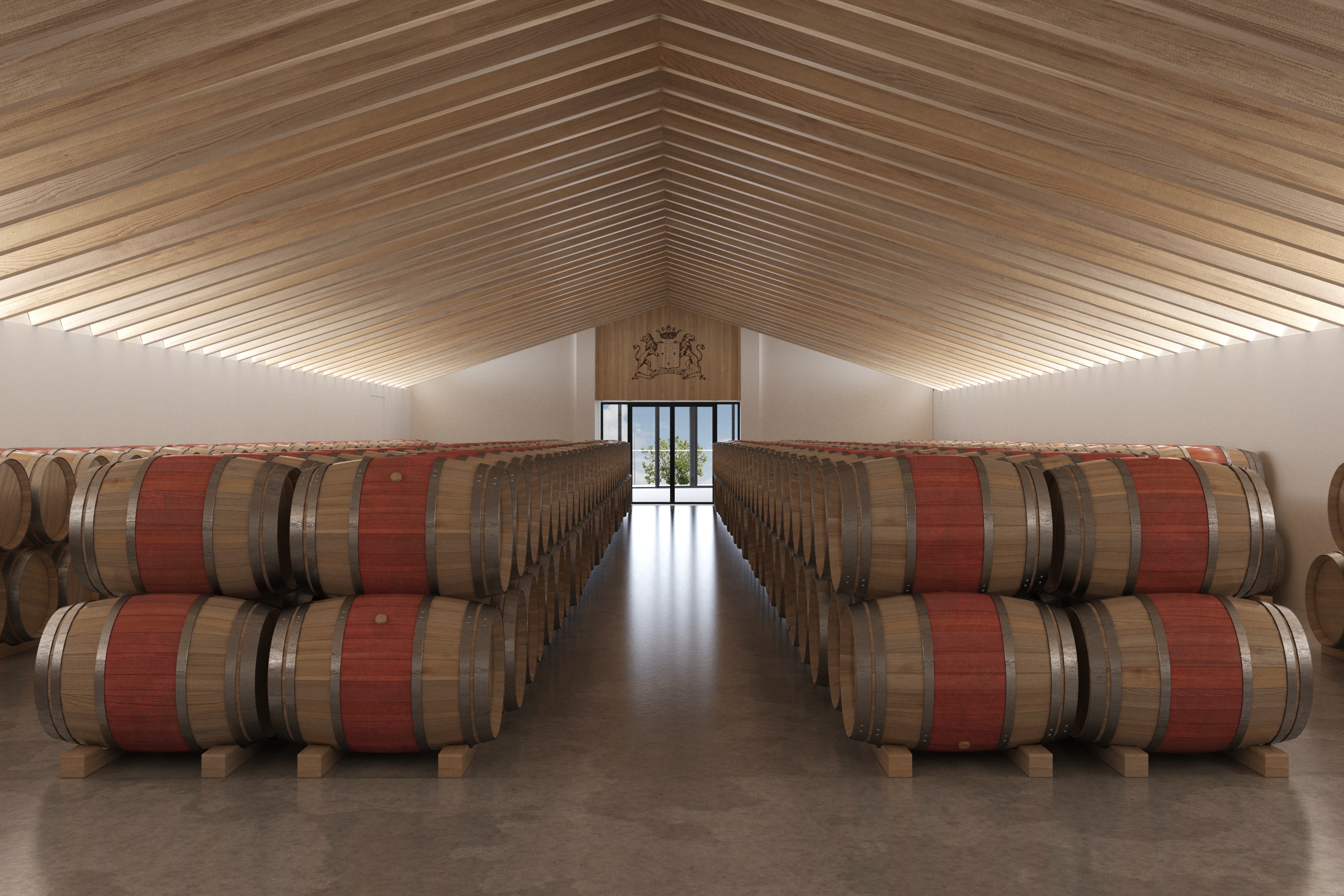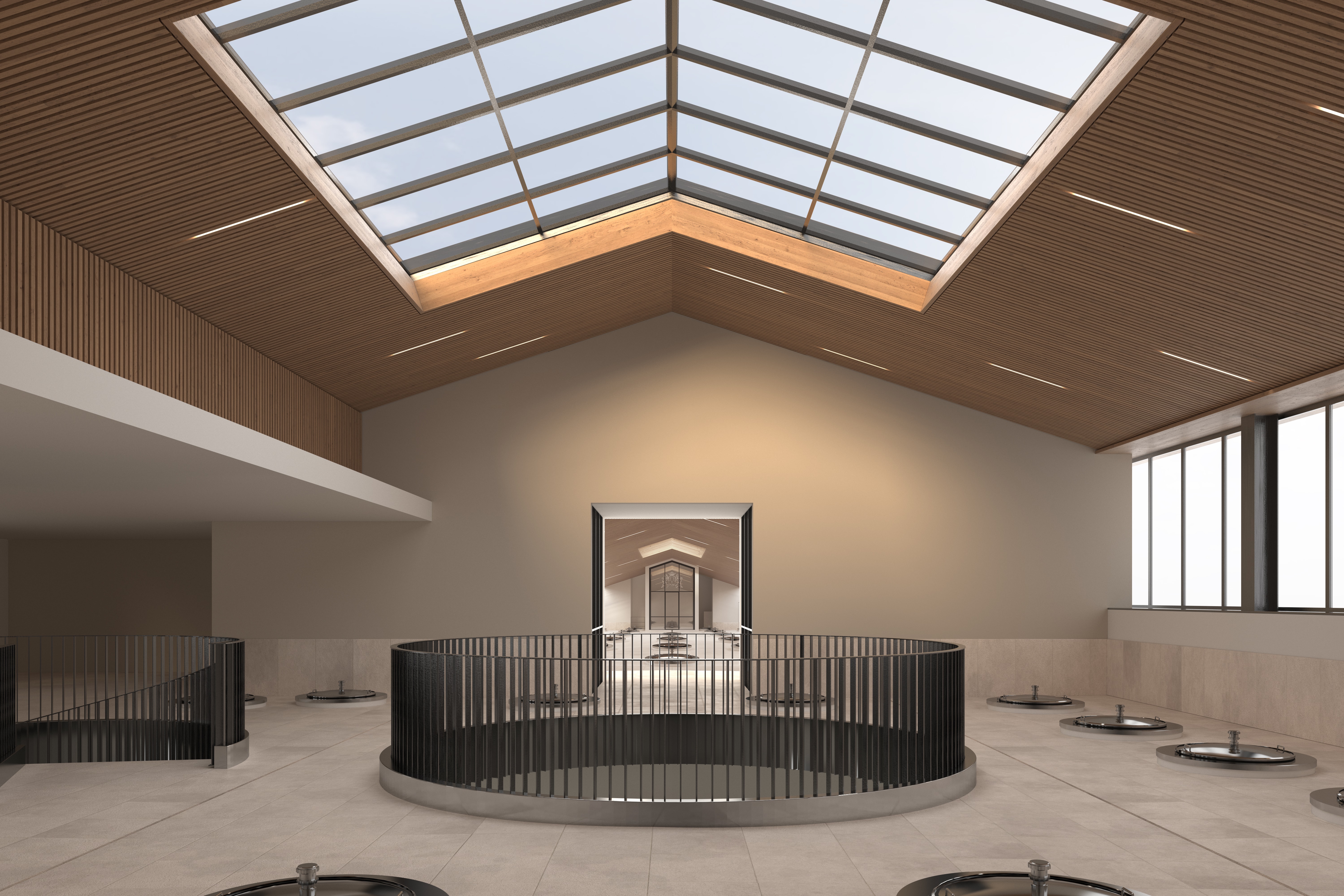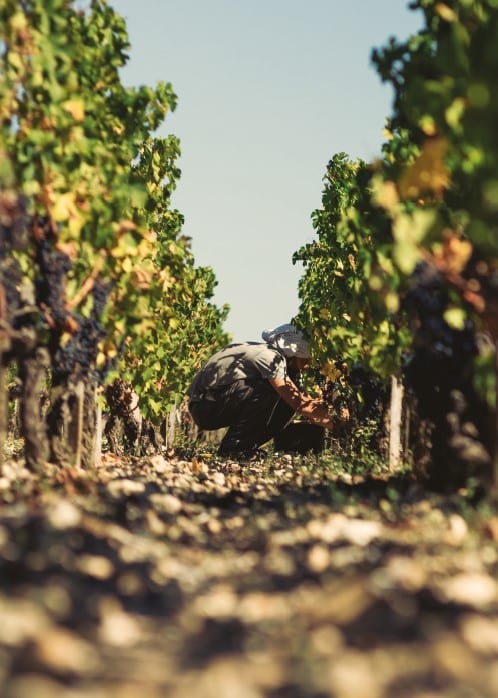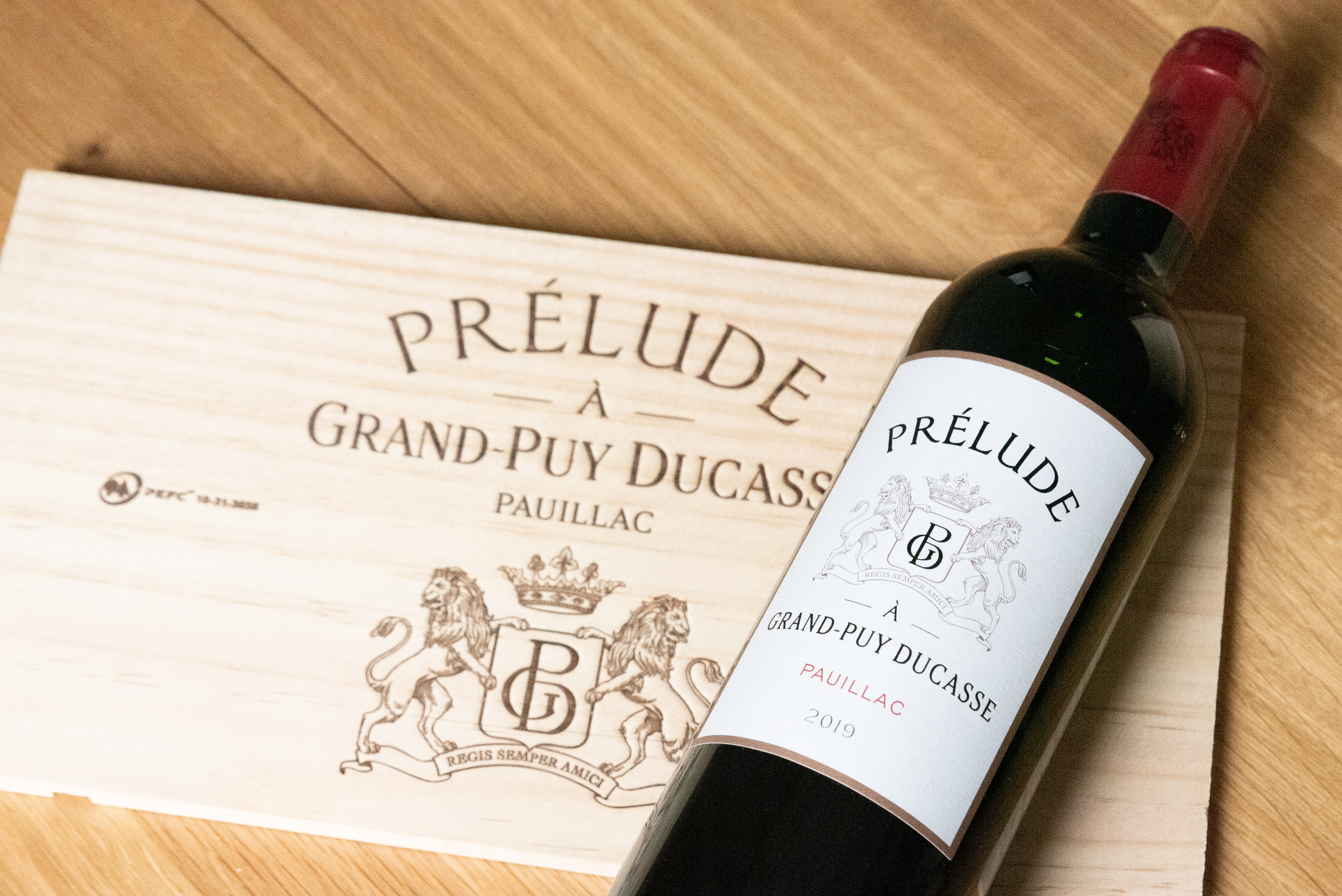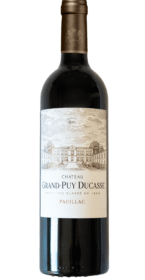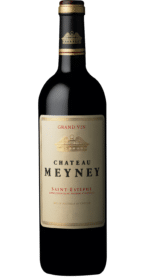Prélude à Grand-Puy-Ducasse
WHY BUY IT ?
- The signing of a Grand Cru Classé de Pauillac
- An exceptional terroir, neighbor of Mouton, Lafite and Pontet-Canet
- One of the oldest 2nd wines : created in 1955
- A perfect introduction to the style of Grand-Puy-Ducasse, made for pleasure, to drink as of its young age
History
Three large plots of land located on the best terroirs of Pauillac form the vineyard of Château Grand-Puy-Ducasse, Grand Cru Classé. The history of the Château begins when Arnaud Ducasse bought in the middle of the seventeenth century to Jacques de Segur, Lord of Lafite, his little house on the edge of the river Pauillac, and he couldn’t imagine that it would become the foundation of a large estate that would remain in his family for nearly three centuries.
The real founder of the estate will be Pierre Ducasse, passionate lawyer for viticultural issues. He acquires lands and parts of the Bourdieu Grand-Puy on three parishes: Pauillac, Saint-Lambert and Saint-Sauveur, and three lordships: Lafite, Latour and Beychevelle. New purchases and exchanges allowed him to expand his estates until his death in 1797. His son then found himself leader of a property named Ducasse-Grand-Puy-Artigues-Arnaud which has sixty hectares, including nearly two-thirds are planted with vines. Around 1820, he built the current castle in front of the Gironde, on the site of the house of his ancestors. From his wedding with Jenny Ducasse will be born two daughters and it is under the direction of one of his sons-in-law, Adrien Chauvet, that the estate is classified under the name of Artigues Arnaud, in 1855. The Civil Society named Grand -Puy Ducasse is then created in 1932.
Since 2004 Chateau Grand Puy Ducasse is one of the properties acquired by CA Grands Crus, a subsidiary of Crédit Agricole Group. The optimization plan of the entire vineyard initiated during the acquisition of the Château is now carried out by Anne Le Naour, Technical Director of the estate.
Terroir
The 40 hectares of the vineyard are spread over three large plots seated on a gravelly soil of the Pauillac appellation. The vineyards of the property are close to Mouton, Lafite and Pontet-Canet to the North. In the center, they occupy part of the Bourdieu Grand-Puy. To the south, they are located on the plateau of Saint-Lambert. Aged on average 25 years, they are divided between Cabernet Sauvignon (63%) and Merlot (37%).
Since 2004, the domain belongs to the company CA Grands Crûs. Since 2007, all CA GRANDS CRUS holdings are qualified as sustainable agriculture. The group emphasizes its desire to acto for a sustainable development policy and is committed to respecting the environment. During the harvest, which according to the Medocan tradition, are manual, a first sorting of the grapes is done on the table, directly in the vineyard. Upon arrival at the winery, the harvest is sorted one last time by hand with the greatest care. Then each batch is vinified separately: total destemming, light crushing and vinification in thermo-regulated stainless steel vats. After assembly, the aging extends from 18 to 24 months in barrels (30 to 40% of new wood).
The vines used for the elaboration of the Prélude à Grand-Puy-Ducasse are planted on typical Pauillac gravelly terroirs, siliceous for the Cabernet Sauvignon and more clayey gravel for the Merlots. Three large plots of land located in the commune of Pauillac. To the north, the vines are next to those of Mouton, Lafite and Pontet-Canet. In the center, they occupy a part of the bourdieu “Grand-Puy”. In the south, they are located on the plateau of Saint Lambert.
Culture & Vinification
On the whole property, the management of the soil and the vineyard are parcelled out. This cuvée benefits from all the care given to the Grand Vin, the Château Grand Puy Ducasse: reasoned fight (certified) and respect for environmental balance, commitment to the EMS for Bordeaux wines (Environmental Management System). The property is also certified High Environmental Value level 3 since the 2016 vintage and ISO 14001.
After the manual harvest in crates and a first sorting in the vineyard, the grapes are sorted again using a latest-generation optical sorting device. Vinification is carried out in temperature-controlled stainless steel vats. Part of the batches undergo malolactic fermentation in new barrels. The whole of the second wine is aged in French oak barrels, 15% of which are new.
Tasting
This wine has a beautiful ruby red color with dark reflections. The nose is fruity and slightly spicy revealing touches of black fruits. The mouth, greedy, recalls the intensity of the fruit revealed by the nose. Soft tannins sign an elegant and racy finish.
The Team
- Owner : CA GRANDS CRUS
- President: Didier REBOUL
- Chief Executive Officer: Anne LE NAOUR
- Sales Director: David LAUNAY
- Oenologist Advisor: Hubert de Boüard

